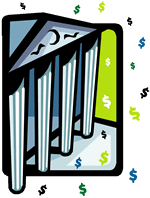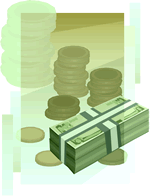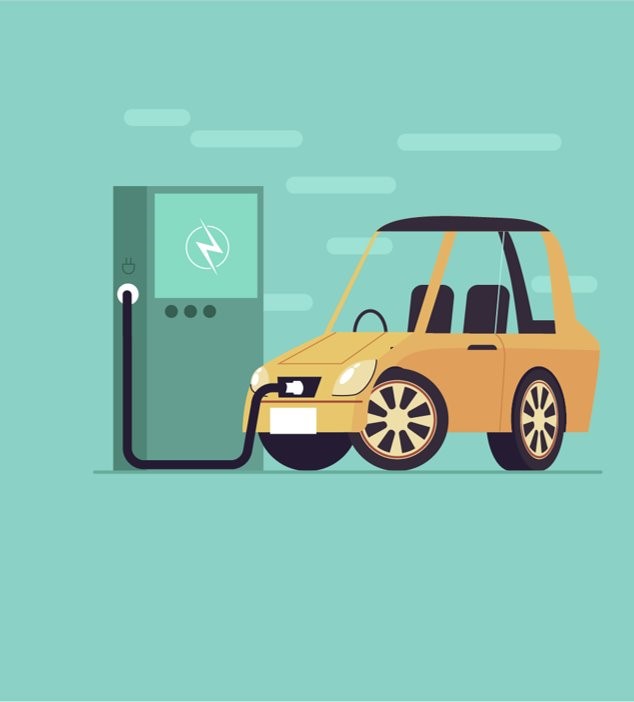
Grades 6-8, 9-12

Don't have an account yet? Sign up for free
Don't have an account yet? Sign up for free


Students learn about banks and credit unions, identifying similarities and differences between the two types of financial institution. They also evaluate a local bank and credit union to determine which one would be better suited to their needs. (This is Part I of a two-part project.)
Banks and credit unions are both financial institutions where you can have checking accounts and savings accounts. So what’s the difference? Initially established for different purposes, today’s banks and credit unions are looking more and more like each other, but there are still some major differences. Lately, there’s been a lot of controversy about one of those differences – that while banks pay taxes as for-profit organizations, credit unions remain largely untaxed. Your students will discover the differences and similarities between banks and credit unions and draw conclusions about which they would choose based on criteria important in selecting a savings institution.
 Venn Diagram: This handout should be filled out by students as they complete the lesson.
Venn Diagram: This handout should be filled out by students as they complete the lesson.
Activity 1: Similarities & Differences – What are these things?
Students will complete this Venn Diagram using the information they find on the following web sites:
Students should first find general information about https://www.mycreditunion.gov/ .
Students can also visit an https://www.thebalance.com/credit-unions-4073272 .

Have students find out https://money.howstuffworks.com/personal-finance/banking/bank1.htm .
Here is a thorough definition of https://econedlink.org/glossary/?glossary=C.
Students can also look at the definition of https://econedlink.org/glossary/?glossary=B.
Venn Diagram will be printed when it’s completed and used as a reference sheet for the student until the end of the project, when it will be turned in.
Activity 2: Where are they?
Students will locate banks and credit unions that are close to where they live and go to school – which ones would be most convenient for them? Students locate one bank and one credit union in their area with web sites and fill this information in to the Criteria for Choosing a Bank or Credit Union worksheet.
convenient for them? Students locate one bank and one credit union in their area with web sites and fill this information in to the Criteria for Choosing a Bank or Credit Union worksheet.
Activity 3: Which one is better for me? Have students complete Bank Criteria Worksheet by using their venn diagram and Web sites they have researched.
Banks and credit unions have become fundamentally the same thing. The differences are due to credit unions’ history as grass-roots cooperative groups, while banks have always been for-profit institutions.

Grades 6-8, 9-12

Grades 6-8, 9-12

Grades 9-12

Grades 9-12
